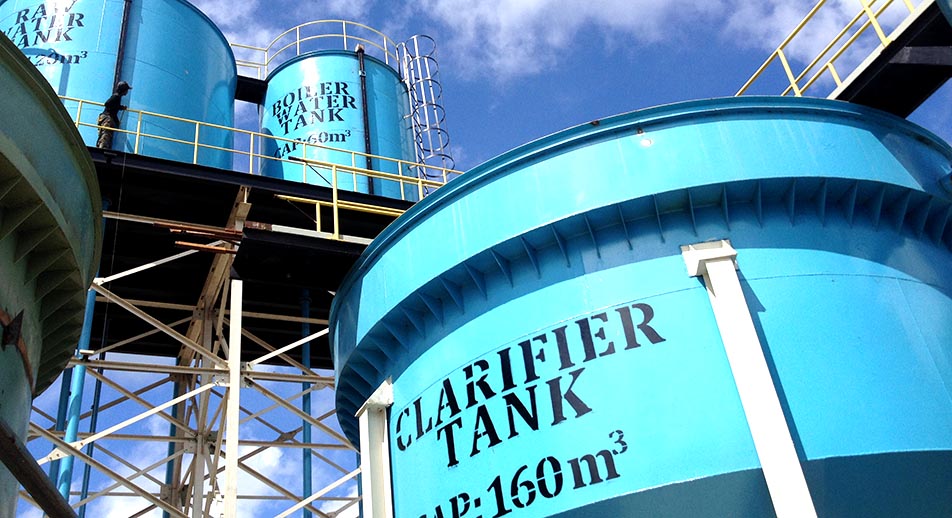
For food processors aiming to meet rising global standards for clean-label and high-purity oils, the soybean oil refining process is no longer just about removing impurities—it's a strategic lever for brand differentiation. Recent case studies from Southeast Asia and Europe show that optimizing de-gumming and deodorizing steps can improve final oil clarity by up to 40%, reduce free fatty acid (FFA) levels from 1.2% to below 0.1%, and significantly enhance shelf life—key factors in winning premium B2B contracts.
De-gumming isn't just a preliminary step—it sets the foundation for everything that follows. Using optimized phosphoric acid-based reagents instead of traditional water degumming can increase yield by 1.5–2% while reducing soapstock volume by 25%. According to a 2023 study published in the Journal of Food Engineering, precise pH control during neutralization (typically between 4.5–5.2) ensures minimal loss of valuable triglycerides. This level of precision requires not only skilled operators but also integrated automation systems—a trend now adopted by over 70% of top-tier refineries globally.
| Parameter | Standard Process | Optimized Process |
|---|---|---|
| Temperature (°C) | 60–70 | 65–75 |
| Residence Time (min) | 15–20 | 10–12 |
| FFA Reduction (%) | ~85% | >95% |
Many processors overlook the importance of vacuum integrity and steam stripping efficiency in deodorization. A well-tuned system operating at 250°C under 0.05 mbar pressure can remove volatile odor compounds like hexanal and aldehydes more effectively than older models. In one real-world example from India, switching to a multi-stage vacuum deodorizer reduced off-flavors by 60% and cut energy consumption by 18%—a win-win for both quality and cost-efficiency.
What makes these improvements possible? Integration. When de-gumming, neutralization, bleaching, and deodorization are combined into a single automated line, it reduces manual intervention errors by up to 45%, as shown in a 2024 report by the International Association of Oilseed Processors (IAOP). That’s not just better consistency—it’s a competitive edge when bidding on large-scale contracts where reliability matters most.

A Malaysian processor reported a 30% increase in customer retention after implementing a full-process optimization strategy—including better pre-treatment, improved neutralization kinetics, and advanced deodorization controls. Their refined soybean oil now meets EU and USDA organic certification requirements, opening doors to premium markets in Germany, Canada, and the UAE.
If you’re serious about turning your oil processing line into a revenue driver—not just a cost center—then it’s time to rethink how you handle de-gumming and deodorizing. The tools exist. The data supports it. And the demand for higher-quality edible oils is growing faster than ever.

